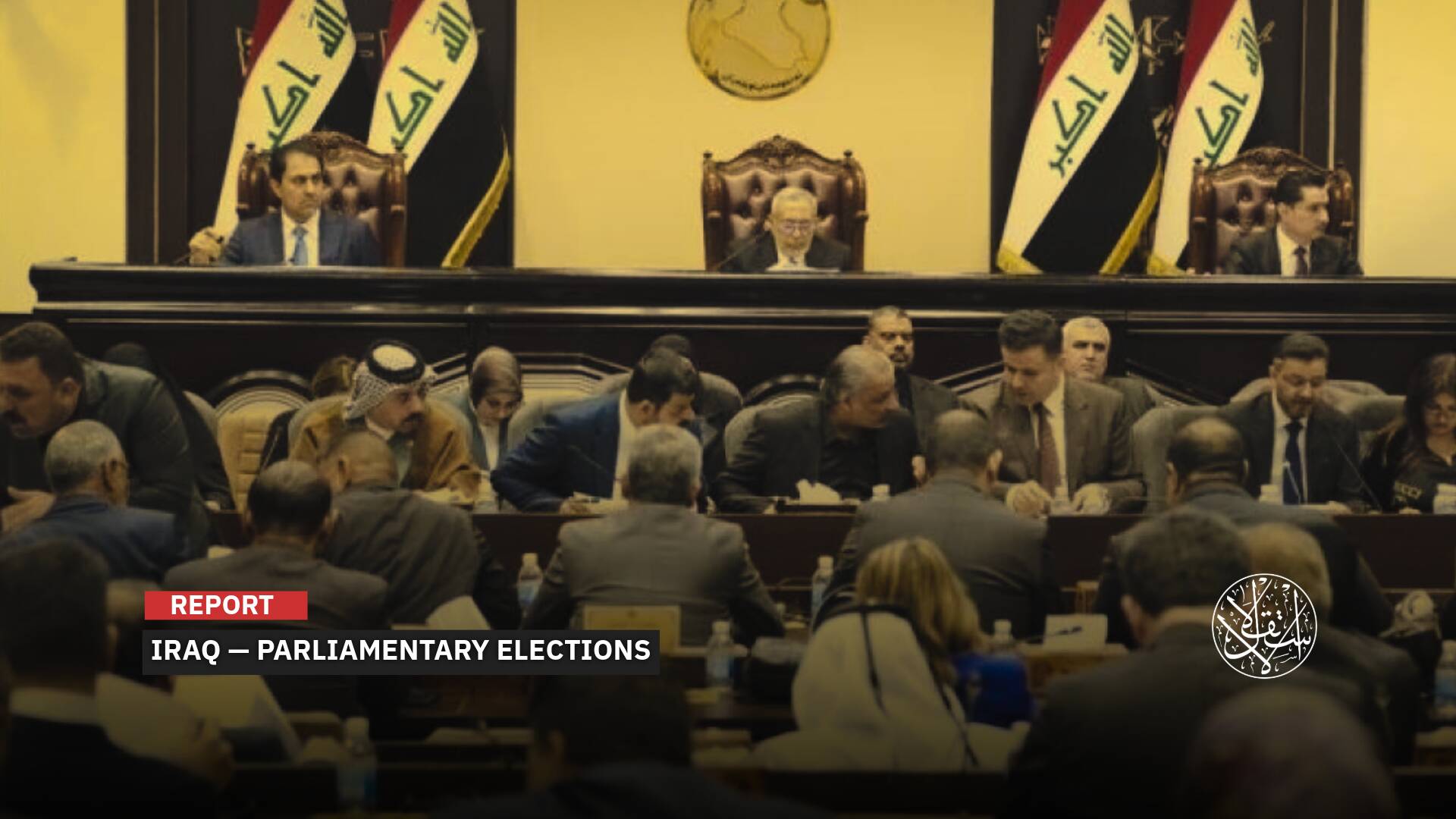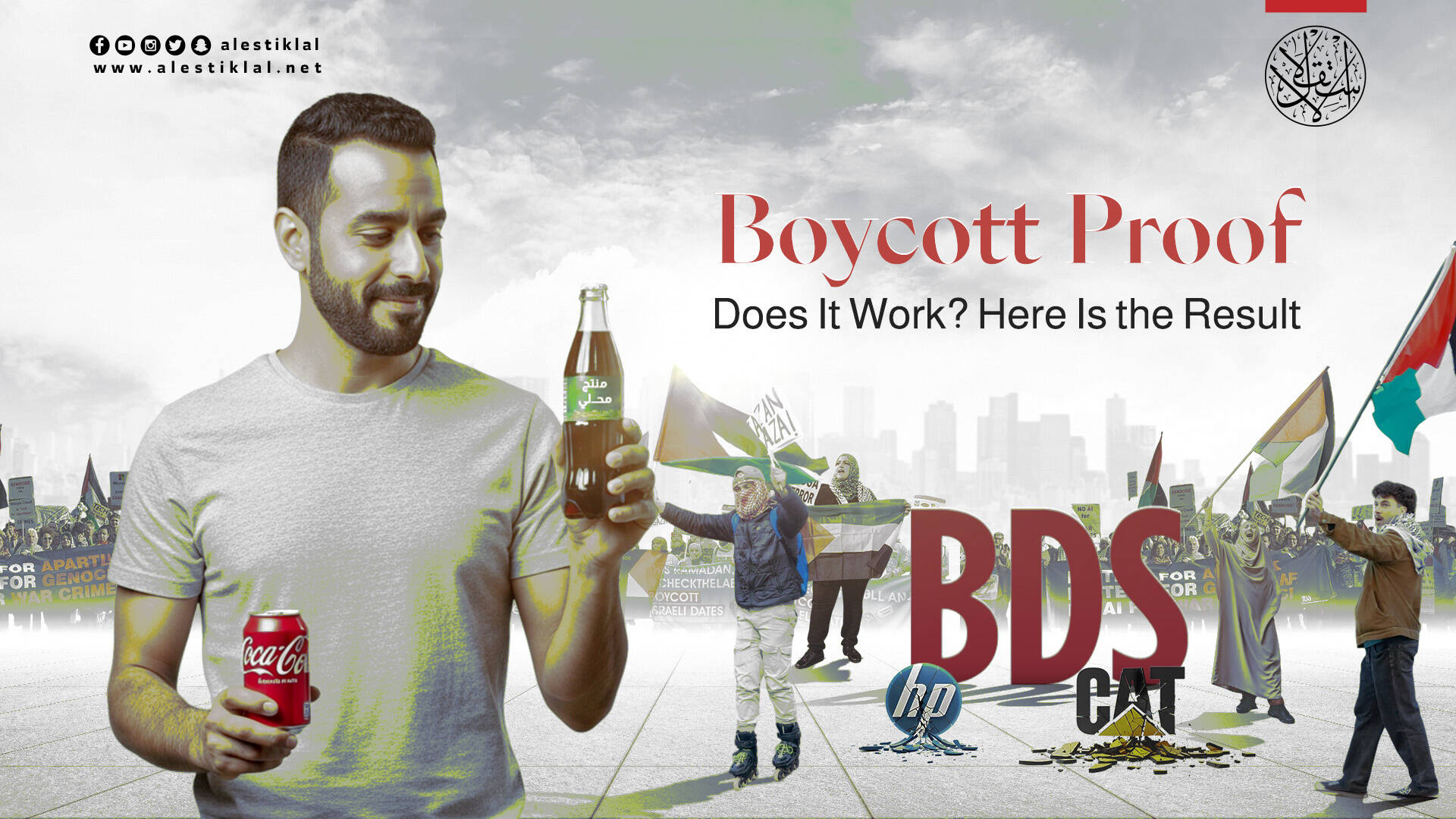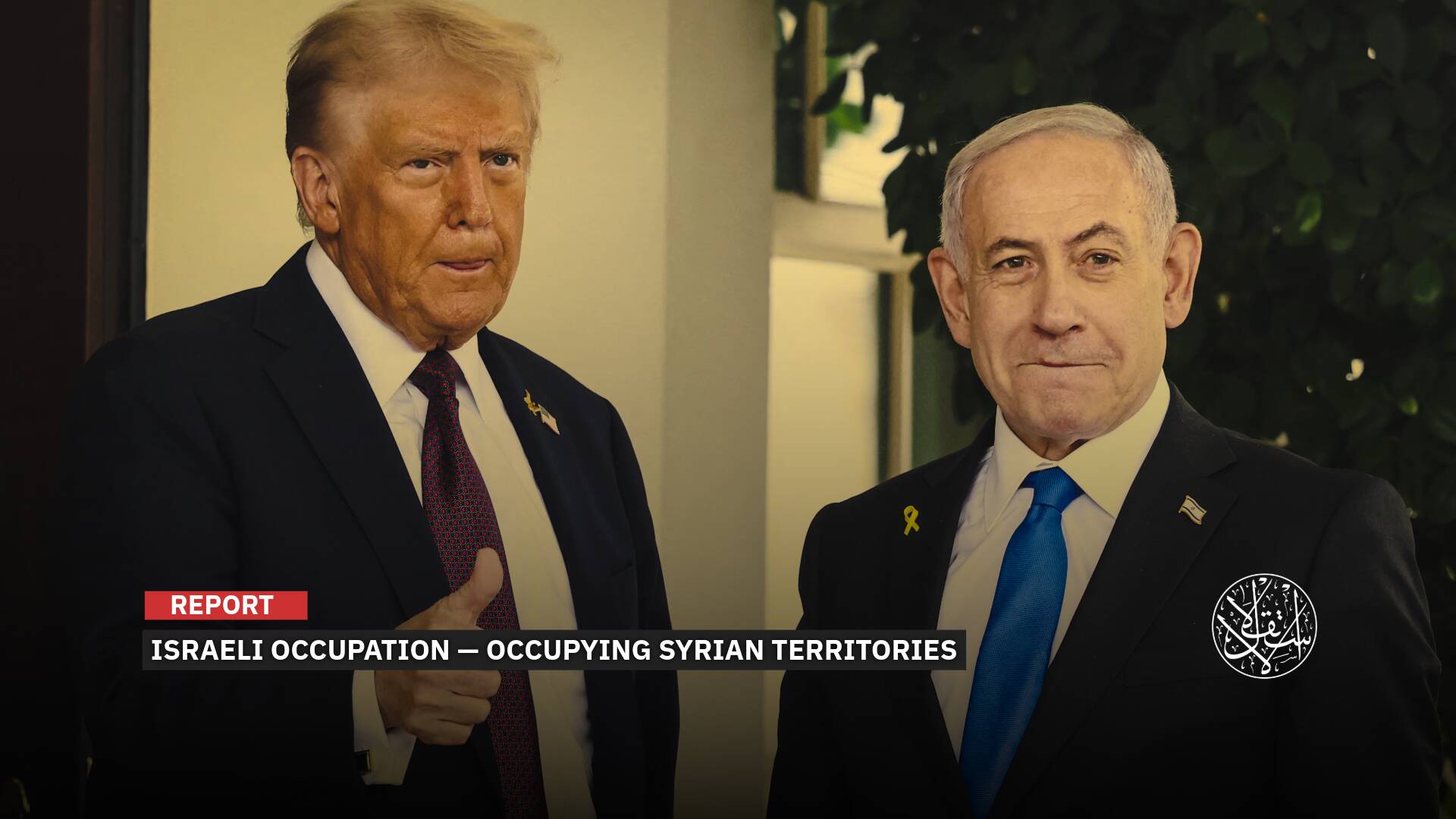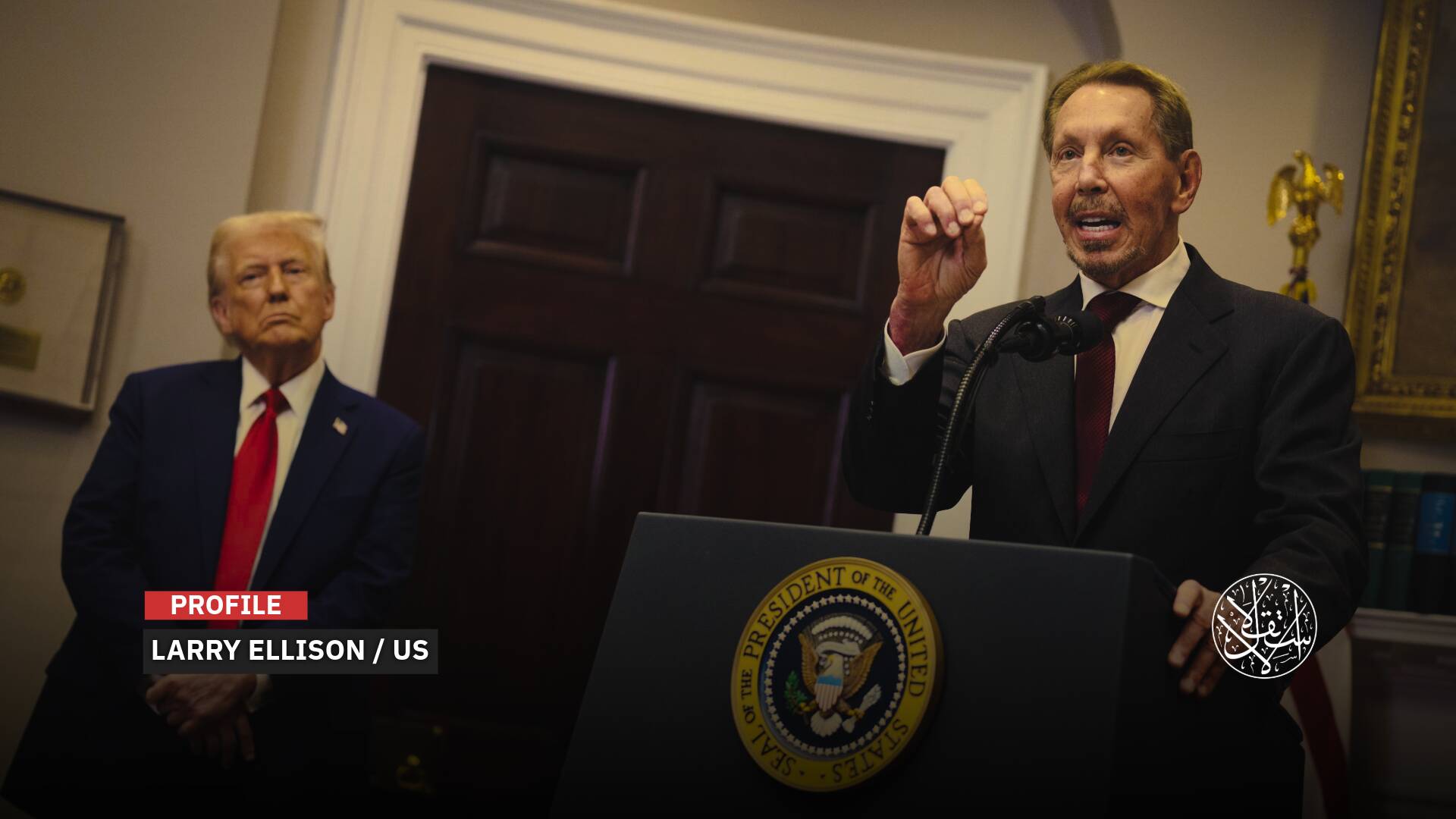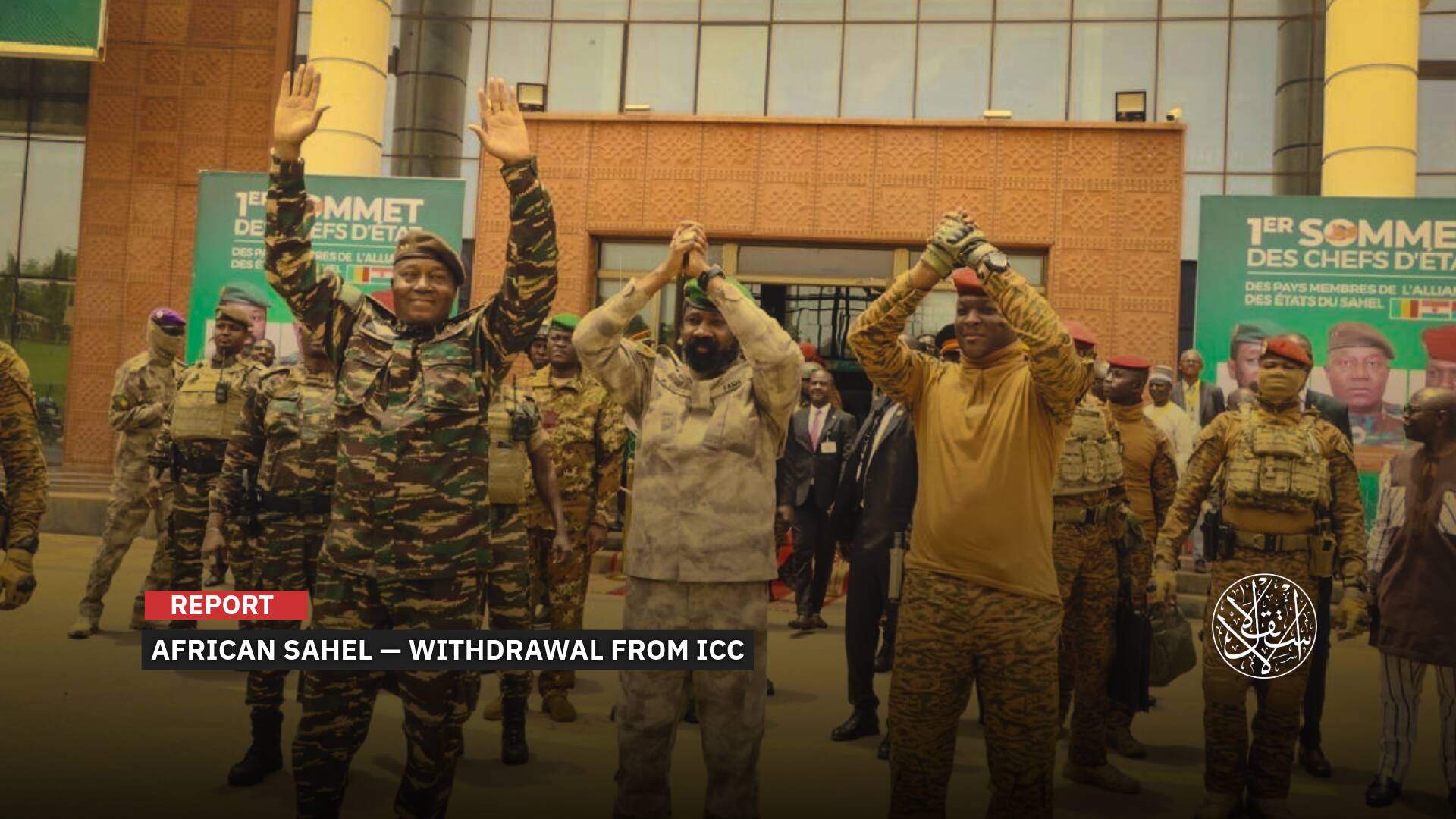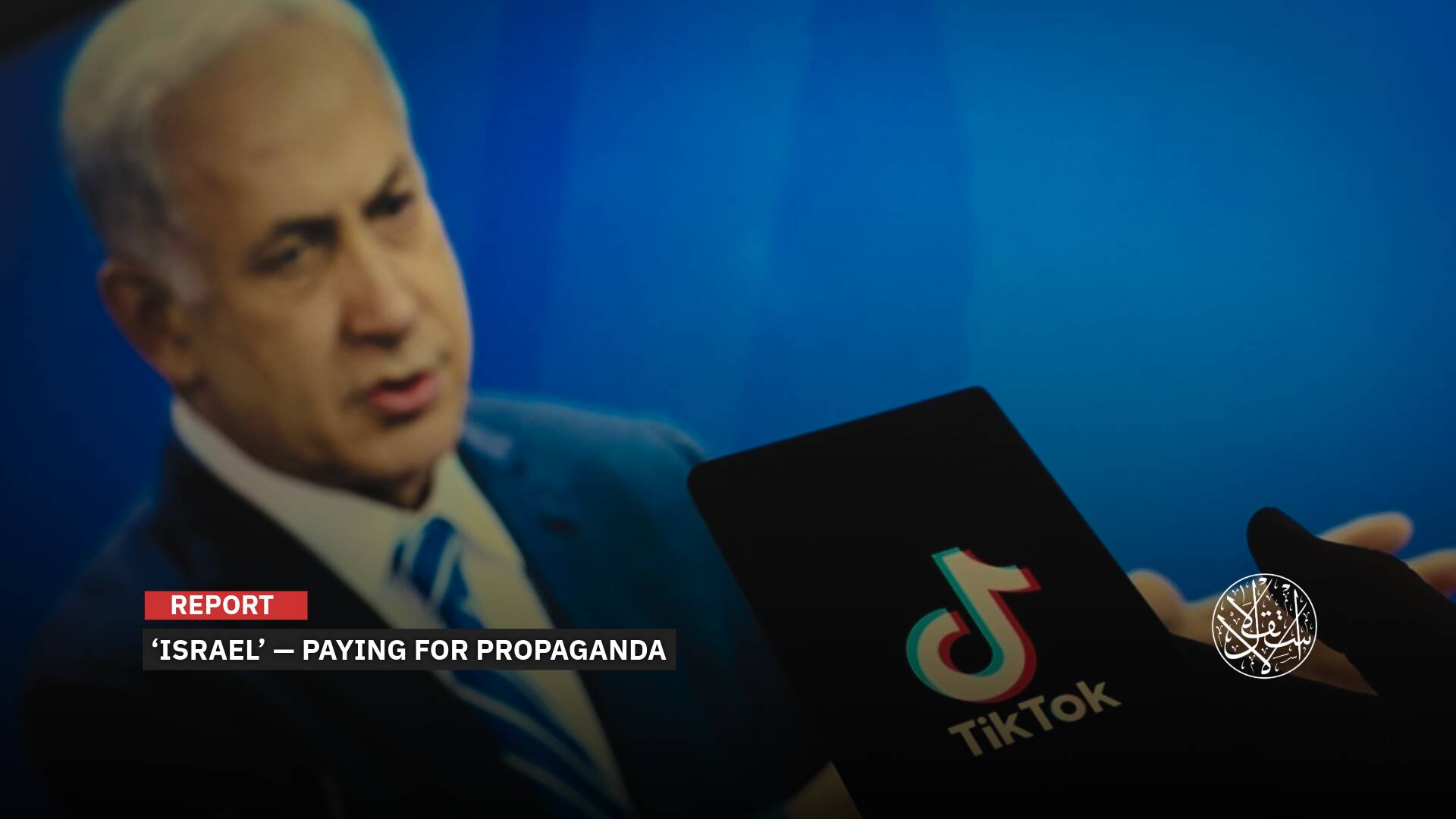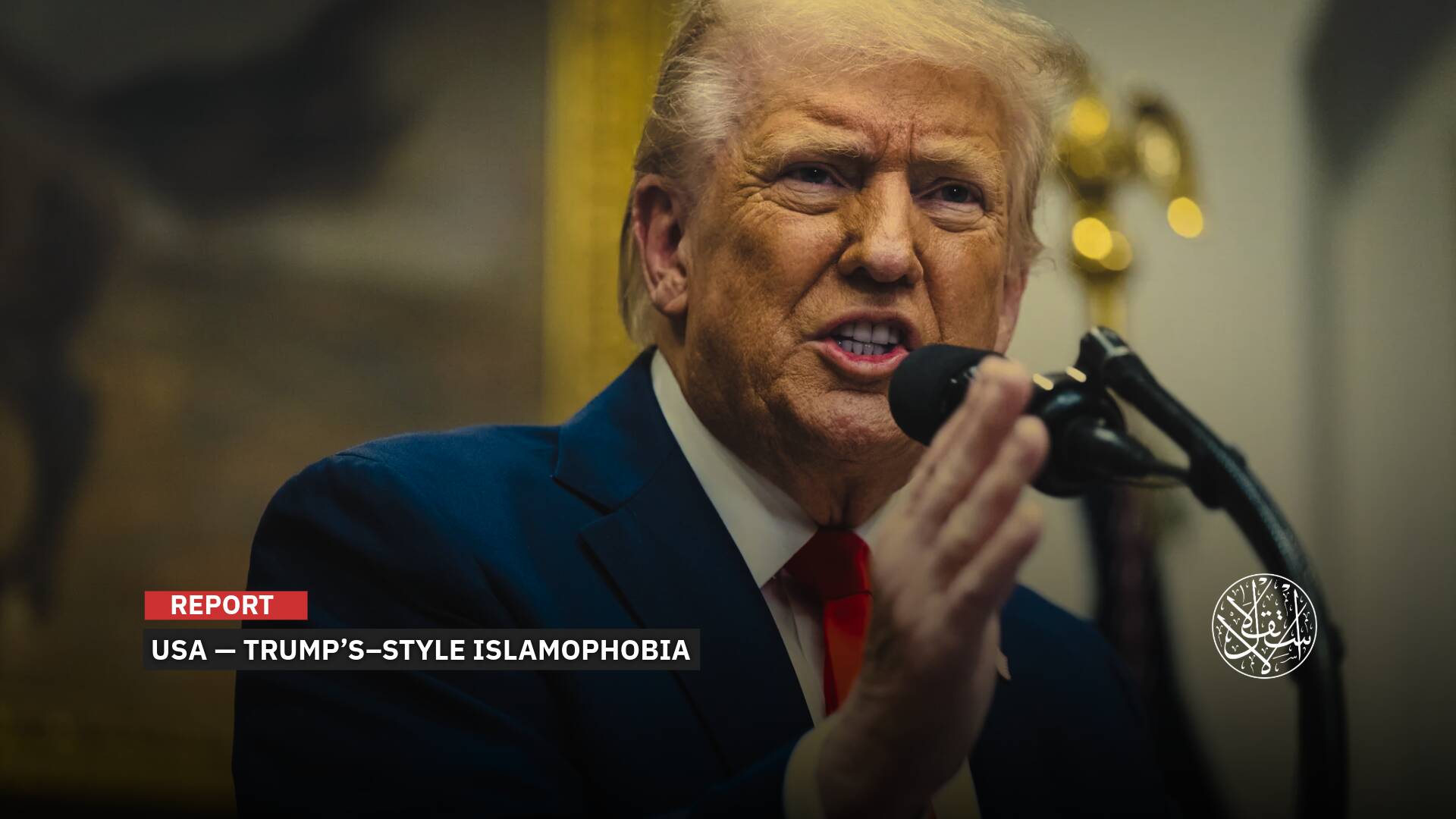After Gaza: Why Did ‘Israel’ Prioritize the West Bank as the '2nd Front' Over Hezbollah?

The extremist government is using military operations in the West Bank to advance the settlement project.
Despite Israeli Occupation’s outcry over the barrage of rockets and drones from Hezbollah, which increased to 1,307 in August 2024 alone, and the repeated discussions of shifting the conflict from Gaza to Hezbollah, “Israel” has not declared Lebanon as its second most important front after Gaza.
On the contrary, on September 3, 2024, Israel Hayom revealed that the Israeli military has now decided to classify the West Bank as the “second most critical front,” directly after Gaza, having previously considered it a “secondary battlefield” since the start of the aggression on Gaza on October 7, 2023.
The Hebrew newspaper confirmed that the rise in resistance activities in the West Bank and the fear of martyrdom operations prompted the security and military establishment to make a significant shift in its policy toward the area.
The Israeli military's decision to elevate the threat from the West Bank to a “second-level” danger, after Gaza, came after Hezbollah's weak retaliatory response and Iran's lack of involvement. The delay in Iran's expected retaliatory response, which Hebrew newspapers predict will be symbolic like Hezbollah's, also contributed.
Hebrew newspapers emphasized that Prime Minister Benjamin Netanyahu and his war cabinet saw this weak response from the Iran axis as a “green light” to escalate in the West Bank, declaring it the second most important front after Gaza, given the reduced threat from Hezbollah, now limited to routine rules of engagement.
It is worth mentioning that this decision came before the Lebanon blast where the Israeli Mossad spy agency planted a small number of explosives inside 5,000 Taiwan-made pagers ordered by Hezbollah months before Tuesday's detonations that saw 32 dead, including two children, and thousands more injured, many seriously.

Why the West Bank?
The West Bank is no longer considered a “secondary area” but a “battlefield,” directly after Gaza, posing a “significant threat to Israel,” according to the Israeli military's decision on September 3. This decision is the “first of its kind concerning the West Bank” since the start of the Israeli assault on Gaza.
The conclusion to designate the West Bank as a second combat and redefine it from a “secondary arena” to the “second critical front after Gaza” means that “Israel” no longer views southern Lebanon as a “real battlefield.”
It also signals the expectation of a series of operations across the West Bank similar to the one in Jenin, according to Israel Hayom, citing the security and military institution.
The 10-day military operation, which ended on September 6, 2024, and was named “Operation Summer Camps” in Jenin and Tulkarm, was the longest Israeli “military operation” since “Operation Defensive Shield” and “is expected to continue in the near future.”
As for why the West Bank has become the second main arena, taking precedence over Hezbollah's front, several reasons are highlighted in Israeli reports and assessments.
First, the West Bank is adjacent to “Israel,” and the latter plans to annex it, with ongoing Judaization efforts under the far-right government, which believes “now is the optimal time to implement the annexation plan.”
Second, if the accumulation of weapons and combat capabilities seen in Gaza were allowed to happen again in the West Bank, “Israel” would collapse due to the interconnection between the lands of the 1948 occupied territories and the West Bank and Jerusalem.
Third, it aims to prevent martyrdom operations originating from the West Bank, which could devastate “Israel” like the operations conducted by Yahya Ayyash in the 1990s, especially with the resistance gaining greater armament capabilities and launching operations from Hebron.
Israeli security officials confirmed that the primary driver behind the launch of the attack on the West Bank was the threat posed by explosives, according to Israeli Army Radio on August 28, 2024.
The report quoted the Israeli security institution, stating that “previous campaigns did not yield results, so we decided to do something to change the reality in the West Bank. We do not want the West Bank to become a front that hinders us from fighting in Gaza and Lebanon, so we moved two army brigades to besiege the West Bank.”
Fourth, without suppressing and fully controlling the West Bank, the current Judaization plan—led by the Zionist right wing, along with the gradual expansion of settlement hotbeds and the construction of the Temple in al-Aqsa Mosque—would fail.
These are the goals of the expanded Zionist aggression against the West Bank, as outlined in a report by Haaretz.
This also explains the deliberate omission of the West Bank from the map of historical Palestine that Netanyahu has been presenting for “the State of Israel.”
The Settlement Project
A report by the Israeli organization Breaking the Silence, titled “The Silent Coup” and translated by the Palestinian Madar Center on August 27, 2024, revealed how the West Bank is being stolen through the settlement and Judaization project.
The report disclosed that the settlement project in the West Bank has undergone rapid transformations since the formation of the Israeli ruling coalition on December 29, 2022. These transformations are based on a right-wing settler agenda grounded in three principles.
These principles include the annexation of Area C, the gradual imposition of full Israeli sovereignty over it, raising the settler population to one million within the next two decades, and the Israeli army’s administration of the occupied land, in line with the new phase of settlement growth.
According to the report, “Israel” has shifted the governance of the West Bank from a form of military occupation with obligations to the population under international law to a system where Israeli civilian government institutions now manage most aspects of Palestinian life in the West Bank, with loyalty directed toward Israelis.
When the power-sharing agreement between the two ministers in the Ministry of War, Yoav Gallant, and Bezalel Smotrich, was reached in February 2023, Smotrich was granted most of the authority over various aspects of civilian life in the West Bank, as part of the plan to change the nature of control there.
The report states that changing the control system in Area C and the expansion of settlements in the West Bank aim to “solidify the permanent institutionalization of Israeli sovereignty over the occupied territories and thwart the possibility of a future Palestinian state.”
It explains that there is an Israeli direction aimed at “nullifying the idea of a Palestinian state and eroding the Oslo model,” which implicitly suggests that most of the West Bank will be designated for future Palestinian state control.
Under the Oslo Accords, “Israel” is not permitted to operate in Areas A and B except for security purposes, while civil affairs are under Palestinian control.
However, Area C, which constitutes 60% of the West Bank and is intended for a future Palestinian state, remains under Israeli security and civil control.
Nonetheless, settlers have been engaged in a decade-long campaign to reframe Palestinian construction in Area C.

Urgent Objective
Following a series of recent operations by the Resistance in the West Bank, including the first martyrdom operation from Hebron in early September 2024, which resulted in the deaths of an Israeli soldier and three police officers, Israeli intelligence and military forces were placed on high alert.
The Israeli perception, according to Hebrew media, was that the campaign of arrests (10,000 people), assassinations, and killings (800 Palestinians) conducted by the Israeli Occupation in the West Bank, along with preventing any solidarity with Gaza and the Palestinian Authority’s security cooperation, had stifled the West Bank’s solidarity with Gaza.
However, the intensifying resistance activity, despite the continued airstrikes and drone attacks on the West Bank, pushed the Israeli army to develop a plan to ensure that by October 2024, during the Jewish holidays, the West Bank would be quieter, as reported by Israel Hayom.
The Israeli security and military establishment recommended launching large-scale operations, focusing on seizing funds used to finance operations throughout the West Bank and undermining Hamas as a priority.
On September 3, 2024, Settlement Minister Orit Strock called on the political-security war cabinet to “take emergency measures, including declaring a state of war in cities and settlements across the West Bank.”
In a letter to Prime Minister Netanyahu on September 6, 2024, the National Security Minister, extremist Itamar Ben-Gvir, demanded that the objectives of the war include eliminating Hamas and armed Palestinian factions in the West Bank.
He justified this by citing “a sharp rise in attempts by various terrorist organizations [the Resistance] to carry out bombings using different means and the killing of three Israeli police officers at the Tarqumiyah checkpoint.”
Ben-Gvir’s letter coincided with the Israeli army's denial of reports that its military operations in the northern West Bank, especially in Jenin and Tulkarm, had ended, and its announcement that “the forces will continue their military operations until their objectives are achieved.”
Implications of the Decision
In its editorial on September 6, 2024, Haaretz stated that the Israeli focus on the West Bank means that Tel Aviv has decided to turn the West Bank into another Gaza.
“The methods of operation are the same, as is the weaponry. The goals are similar too, and the results will not be long in coming; Israel will soon awaken to another Gaza, this time on its eastern border, with all that this implies.”
The newspaper cited experts saying that since the start of the aggression on Gaza, “Israel” had shifted its policy in the West Bank, and its Palestinian residents are now facing a harsher reality than before.
Following the revocation of all work permits for West Bank residents in the occupied territories and the worsening economic situation, the Israeli army has adopted new combat methods, some of which were previously only used in Gaza and Lebanon.
Warplanes and drones have become the primary tools against both “wanted individuals [by the Israeli Occupation] and innocent people,” in unprecedented numbers since the Second Intifada.
An analysis by the Palestinian website Sadara on September 4, 2024, suggested that the Israeli Occupation’s decision to make the West Bank a “second combat front” instead of Hezbollah is an implicit admission that the Israeli security strategy, known as “mowing the grass,” has failed.
The Resistance groups have successfully expanded horizontally in the northern West Bank, once concentrated in Jenin camp. Despite the heavy blows they have received, they have managed to spread to new areas such as Tulkarm, the Jordan Valley, Nablus, and others.
This escalation by the Israeli Occupation also indicates its fear of the northern West Bank model spreading to the south, following the dual operation and the attack at the Tarqumiyah checkpoint in Hebron, as well as the thwarted attack in Atirat near Ramallah, according to the Palestinian website.
The decision is also linked to the shock of the security failure on October 7, which continues to dominate the mindset of the Israeli security establishment and leads them to take extreme preemptive actions against any potential threats, to avoid repeating the failure of Israeli security doctrine and to attempt to restore deterrence across all fronts.
Moreover, turning the West Bank into a combat front “will further weaken the Palestinian Authority, and give free rein to settlement expansion, annexation plans, and displacement efforts that members of the current extremist government are pushing for.”
However, this decision to turn the West Bank into “a combat front” has its downsides. It indicates the Israeli failure to isolate the West Bank from the events in Gaza and will burden the army, which will have to prioritize combat on three main fronts (Gaza, the West Bank, and northern “Israel”).

Turning Point
Extremist writer Yoaz Hendel claims in an article by Israel Hayom that the classification of the West Bank as a second war front is due to Iranian intervention aimed at reviving “the suicide operations.” He argues that the only way to prevent this is through “a violent military response.”
However, Hendel suggests that addressing the threat posed by the West Bank first requires “making Hezbollah and Iran pay the price,” as their danger extends beyond the West Bank and has forced tens of thousands of Israelis to evacuate their homes for nearly a year.
He asserts that achieving this requires issuing an ultimatum to Hezbollah [before the Lebanon blast] to withdraw its forces beyond the Litani River, and not allowing Netanyahu's government to bury its head in the sand.
Hendel argues that if Hezbollah does not comply, war should begin, even though “Israel” would suffer, as Hezbollah has accumulated a significant number of missiles over the years. But burying one's head in the sand does not help much.
Military analyst Eyal Alima, of the public radio station Kan 11, believes that the Israeli Occupation’s escalation in the West Bank is a response to a series of armed resistance operations, the reappearance of car bombs, and the announcement by Hamas and Islamic Jihad of a return to bombing operations within Israeli heartland. These tactics have not been seen for over 20 years, since the Second Intifada.
In an interview with Al-Jazeera Net on September 5, 2024, Alima noted that since the start of the aggression on Gaza, the West Bank was classified as a “combat point” rather than a “war front” in the traditional sense.
He added that the Israeli army's escalation in the West Bank is due to concerns that it could turn into a battlefield similar to Gaza, following the bombing operation in Tel Aviv, which marked a turning point in military engagement with the West Bank and its refugee camps.
Political analyst Akiva Eldar offers another reason for the escalation, asserting that the far-right government is using military operations in the West Bank to advance the settlement project and annex the territory under Israeli sovereignty.
Eldar told Al Jazeera Net that this is the explicit goal of many of the parties in the right-wing coalition government.
Sources
- The Silent Coup: Transforming the Governance System in the West Bank – An Analysis of the Annexation Policies of the Current Israeli Government [Arabic]
- On the Road to Annexation, Israel Is Turning the West Bank Into Gaza
- Israel to classify West Bank as 'combat zone' amid dramatic escalation
- Israeli military treating West Bank as 'second combat front' after Gaza
- What we know about the Hezbollah device explosions
- Israeli Security Officials: 'Previous campaigns have yielded no results, so we decided to take action that will change the reality in the West Bank' [Arabic]
- How the Israeli Occupation Privatizes the Theft, Looting, and Judaization of the West Bank [Arabic]
- What Are the Objectives of the Israeli Military’s Expanded Operation in the Occupied West Bank?
- Why Did Israel Designate the West Bank as a Second Combat Zone After Gaza? []


